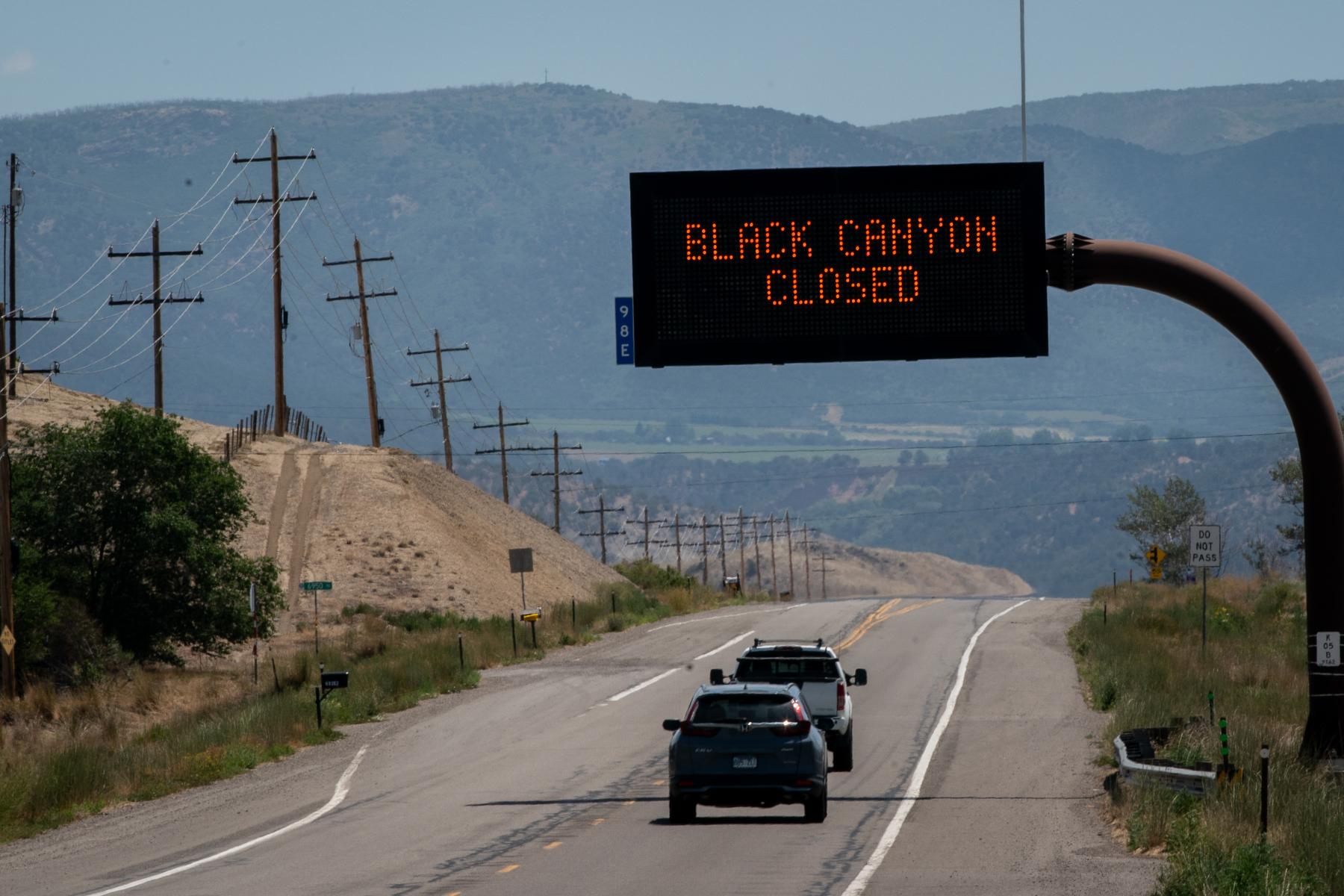The New York Times has a rather spectacular report this morning from the Red Desert in southern Wyoming. Scientists and volunteers there are using helicopters, gun-fired nets and slings to capture and airlift mule deer to testing sites.
Here's what that looks like:
The end goal, the Times reports, is to track and preserve the animals' migration route from possible development.
Team members carry the deer on canvas stretchers to a spot to be weighed and tested. From each animal, they draw blood, pull a whisker, check a GPS collar or put on a new one, take a rectal temperature and fecal sample, perform an ultrasound on the haunches, shoot a local anesthetic into the jaw, and pull a tooth.
Ten minutes of probing and testing later, the deer are freed and dash off, with numb mouths and doses of antibiotics, perhaps wondering what in the world just happened.
The scientists were taking snapshots of the deer’s health and downloading their movements from their digital collars — part of a broader effort to track and preserve their migration route.
Researchers only recently discovered that path, known as the Red Desert-to-Hoback migration, which is as long as any known land migration in the lower 48 states, a twice-yearly, 150-mile journey that has inspired numerous conservation groups to work together to protect the deer’s route from development.








